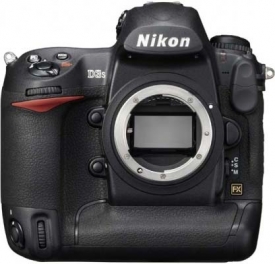My time at OSF gave me a thorough understanding of timelapse and highspeed cinematography techniques. I initially trained using various film cameras – Locam and Hadland cameras for highspeed work, and Bolex and Mitchell 35mm cameras for timelapses.
I have built and run many long-term indoor plant behaviour timelapse set ups, often with motion control elements to the shot – while filming The Forbidden Fruit for BBC2′s Natural World strand I often had 10 or so different studio sets running at any one time filming everything from orchid flowers opening to strangler figs germinating.
I have two Nikon DSLR timelapse kits (a D810 and a D850 with lenses ranging from 10mm fisheye to 600mm) and a motorised head and 6ft track for motion control timelapses. For a short showreel of some of my timelapse work view here.
 I started using the Phantom V640 while making Empire of the Desert Ants – we shot everything from antlions mauling our beloved honeypot ants to hummingbirds, mating damselflies to feeding horned lizards, as well as wind & rain effects shots. The results can look fantastic – but like any highspeed technology you really need experience to know how to make the most of the camera’s technology, and, perhaps most importantly with Phantom cameras in the field, how to troubleshoot the system’s many and varied quirks.
I started using the Phantom V640 while making Empire of the Desert Ants – we shot everything from antlions mauling our beloved honeypot ants to hummingbirds, mating damselflies to feeding horned lizards, as well as wind & rain effects shots. The results can look fantastic – but like any highspeed technology you really need experience to know how to make the most of the camera’s technology, and, perhaps most importantly with Phantom cameras in the field, how to troubleshoot the system’s many and varied quirks.
I have since used the Phantom 4K Flex to shoot many sequences on landmark series such as Planet Earth II and Seven Worlds.
